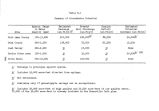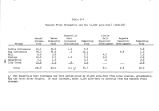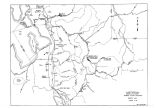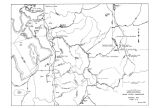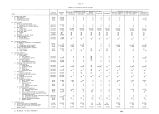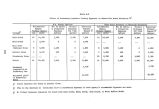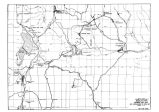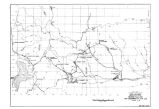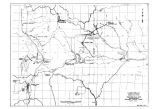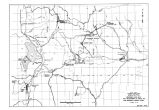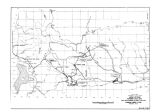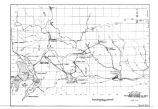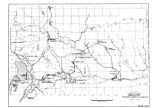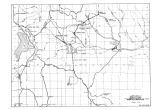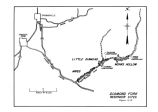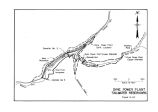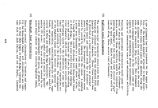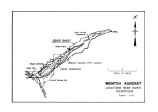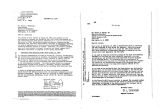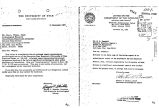| OCR Text |
Show Delivery System for Imports from Colorado River Basin Uintah Basin water could be diverted to the Bonneville Basin by any of these alternative plans: ( l) transbasin diversion to Provo River via Round Valley, ( 2) transbasin diversion to Hobble Creek, ( 3) transbasin diversion to Price River and Provo River, and ( k) transbasin diversion to Diamond Fork. All four of these alternatives would deliver water from the enlarged Strawberry Reservoir, and each would require construction of the Strawberry Aqueduct System as in the proposed plan. ( l) Transbasin Diversion Through Round Valley into Provo River ( a) Description of the Alternative The Round Valley plan for transbasin diversion of Bonneville Unit water from Strawberry Reservoir to the Wasatch Front ( Fig. H- l6) would be an alternative to the adopted Diamond Fork Power System route. Water stored in Strawberry Reservoir would be released through a 9• 9- mile- long Wallsburg Tunnel No. 1 and 1.8- mile- long Wallsburg Tunnel No. 2 to the head of Round Valley. The water would flow through Wallsburg Powerplant for power generation. A pipeline would traverse the west side of Round Valley approximately on grade from the Wallsburg Powerplant outlet to a penstock for Hanks Powerplant. After flowing through Hanks Powerplant, the water would be released into Round Knoll Reservoir for storage and reregulation. Round Knoll Dam would be located across the mouth of Round Valley just upstream from Highway 189. The reservoir would have a total capacity of 555000 acre- feet at about 5 » 5£> 5 feet elevation. The highway to Wallsburg and a number of homes along the highway would require relocation but no water would back up into the town of Wallsburg. Water stored in Round Knoll Reservoir would be released into Deer Creek Reservoir and thence into Provo River. Some of this water would continue on into Utah Lake for use in the Mosida area. The remainder would be diverted at the existing Murdock Diversion Dam into the Jordan Aqueduct ( through the Provo Reservoir Canal) and into the potential Provo Aqueduct, which would be built along the foothills of the Wasatch Mountains to the south end of Utah Valley, Part of this water would be used to fulfill the demands of south Utah County, and the rest would be pumped into 588 |


















































